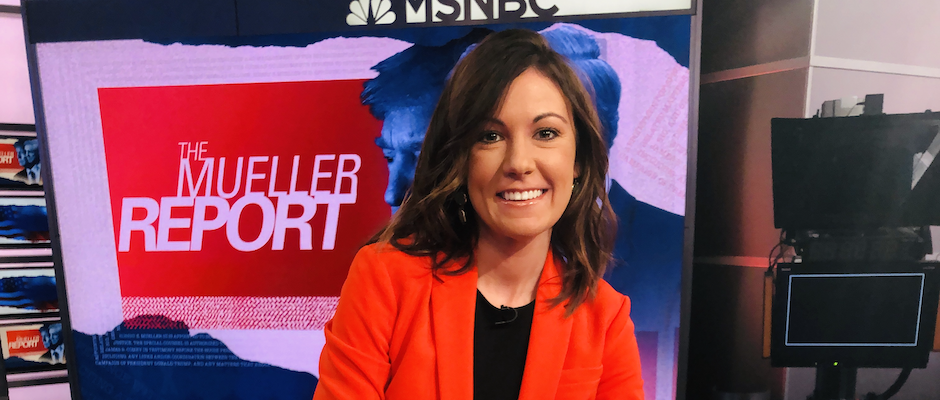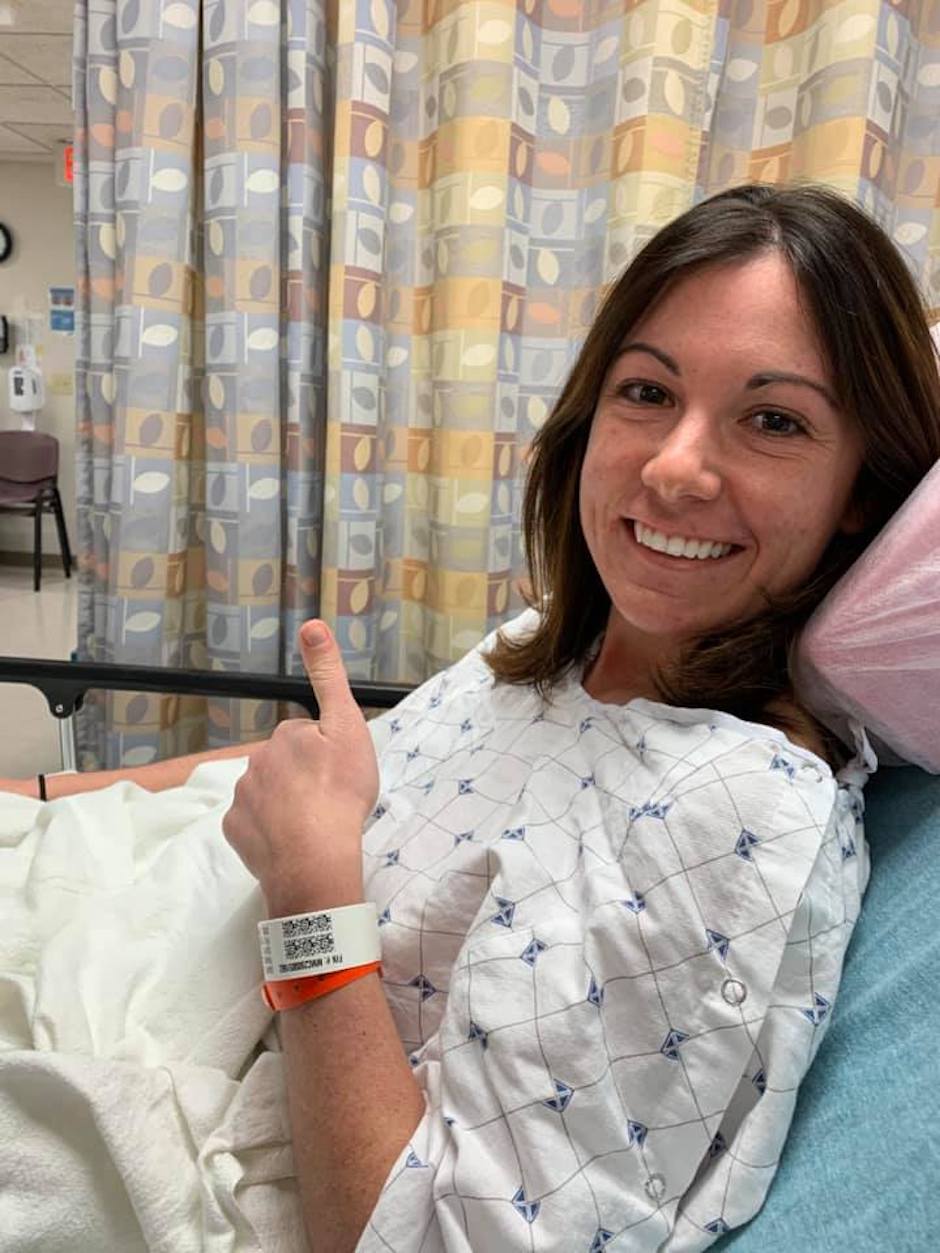
Endometriosis is what makes me strong and yet the weakest part of me. I recently had laparoscopic excision surgery in January 2020 the hopes of managing my debilitating chronic pain caused by this disease since there is no cure.
The most frustrating part about endometriosis is that it is an invisible disease and its symptoms are masked, which causes those living with the disease to suffer alone. Not only is it invisible but it takes an average of 7.5 years to be diagnosed because there’s such a lack of awareness about the disease and how to treat it and it’s often cast as a “women’s issue.” What’s more, 1 in 10 women suffer from endometriosis meaning roughly 176 million women worldwide are silently suffering. Struggling with any chronic pain or disease is frustrating but imagine suffering with a disease that barely anyone knows anything about or that doctors are quick to write off.
I dealt with debilitating pain for years and was eventually told I had endometriosis (without an official diagnosis, I’ll get more into that later) and was prescribed painkillers to help cope with the pain, often times I would have to wear Thermacare heat wraps around my waist while at work in order to soothe the stabbing pains I would feel in my abdomen and lower back. It took months of doing my own research further into my symptoms to finally ask my primary care doctor as well as my gynecologist about the pain I was continuing to experience.
However, the doctors always opted to change my birth control to help control the symptoms rather than recommend surgical options. After a string of failures on various forms of birth control and a few hospital visits for ruptured ovarian cysts, I knew I had to learn more about my condition. I started tracking all of my symptoms through an app designed for women who have endometriosis called Flutter, which was life-changing and helped me to chronicle my experiences. It was through tracking all of my pain and symptoms that I learned more about my condition and began to explore other treatment options. When I took this information to my doctor, I was discouraged from having laparoscopic excision surgery due to my age and my desire to have children one day, so I took matters into my own hands and started researching surgical options.
In order to be “officially” diagnosed with endometriosis you need to have a laparoscopy, one of the most frustrating things about the disease. Endometriosis doesn’t show up in MRI’s or ultrasounds and while you can experience significant symptoms you can’t be sure of your condition until you have a laparoscopy. So, for my own sanity I wanted to be officially diagnosed with the condition that I knew was impairing my day-to-day life. Living in the DC area I knew I would have decent access to surgeons given the amount of hospitals in the area. So, I started researching gynecological surgeons and those with significant experience in endometriosis excision and that was when my options became rather limited. I finally found a doctor at a fertility specialist office and I thought I would walk away from the appointment with answers, but sadly she no longer performed excision surgeries and sent me on my way saying that I definitely needed surgery and with recommendations for other doctors who could perform the procedure.
The top surgeon on her recommendations list had a four month wait time, but I had a good feeling about it, so I scheduled my consultation and remained optimistic as my disease felt like it was progressing. When I finally went for my consultation appointment, it lasted for an hour and a half and I finally felt like I was being listened to and not just prescribed more painkillers and told to go on my way. The specialist had a bedside manner that was unparalleled, and he took the time to review all of my medical history, my app tracking, and my lab tests from my hospital visits. After a thorough physical exam and conversation, he knew that I needed surgery and he discussed all my options with me so we went ahead and scheduled for January 2, 2020—I would be his first excision surgery of the new year and I couldn’t wait.
While I was nervous about the surgery and what would be found, I knew I was in good hands and that I finally felt like I had an advocate and someone who would share in the journey with me—I was no longer on my own. He made sure to note to me that this would be a step in a long process and that endometriosis has no cure, but that the surgery would help relieve many of my symptoms and would give me my life back.

It’s been five months since my surgery and I’m living a relatively pain free life and I couldn’t be more grateful. While I know I will struggle with this for the rest of my life, I take comfort in the fact that right now I feel normal and like myself again. One of the other terrible things about endometriosis is that it can impact a woman’s fertility, but fortunately the endometriosis surrounding my ovaries was successfully excised and my doctor was able to leave my fallopian tubes and ovaries intact. While this surgery is not a cure, I feel much more in control of my own life and that is a huge relief.
Endometriosis takes so much out of you on a day-to-day basis from mood swings to fatigue to chronic pelvic, back, and leg pain to weight gain, so to feel in control of my life again is such a blessing. While I don’t know what the future holds for me, I do hope that by sharing my experience and my struggles I can raise awareness around a disease that impacts so many women and put an end to the taboo and stigma around it.
Ashley Pratte is a political commentator and communications strategist who previously served as the director of media relations and consultant for Better For America. She is involved with the Endometriosis Foundation of America's #EndoFoundMe campaign. She resides in Washington, DC and you can follow her on Twitter @AshPratte.









